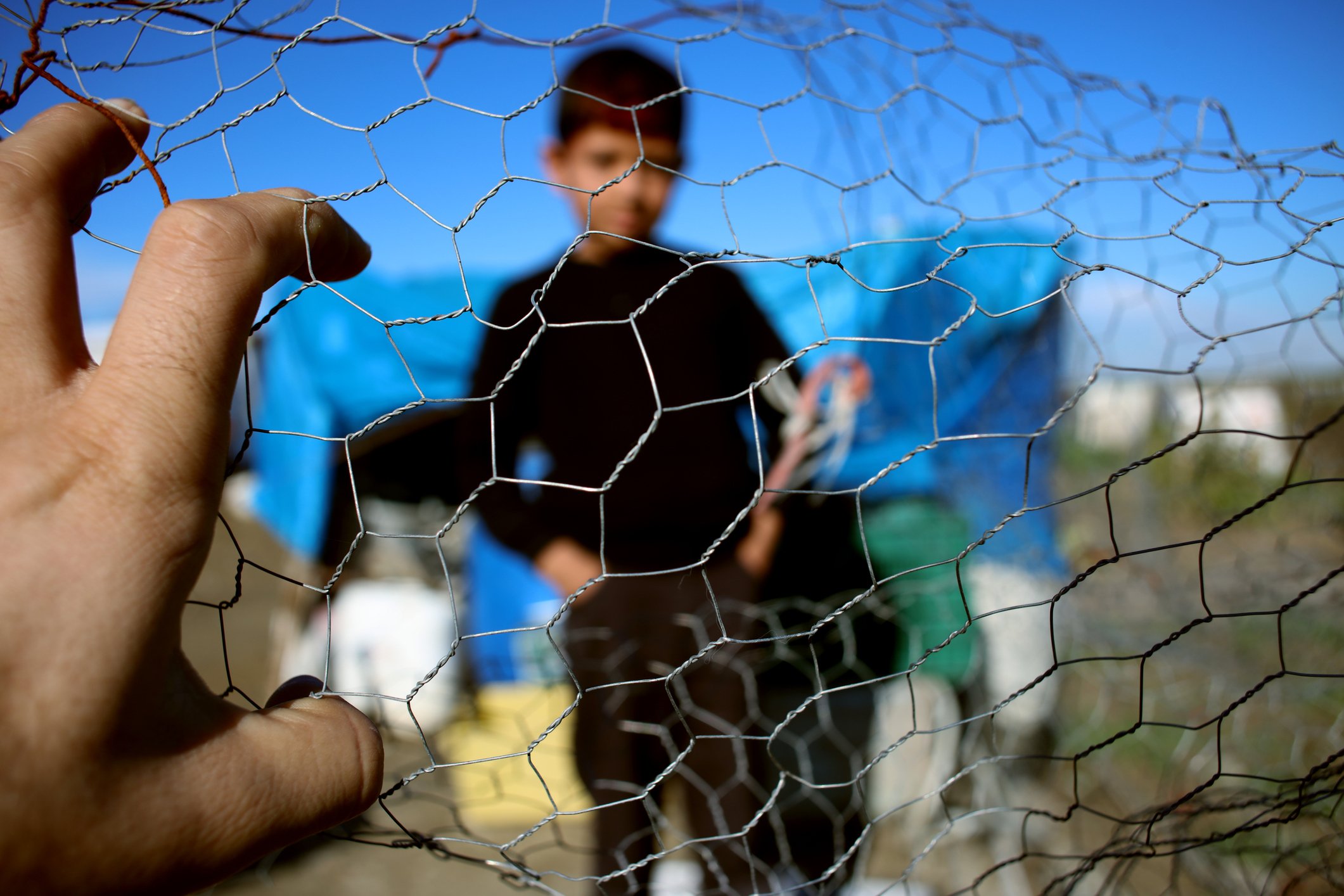
Language can be alienating. Words with strong associations often force us to take positions of opposition, rather than seek understanding. This has happened recently, when detention centers along the U.S.–Mexico border were termed “concentration camps.” The response was foreseeable: the term has become so strongly associated with Nazi deportations and killing centers that any other use of these words can feel insulting. Used in a contemporary context, the words themselves have the power to cause pain, seeming to diminish the suffering of those who experienced or survived the Holocaust.
Yet in 35 years as an educator, I’ve learned that language rarely is owned by a single moment in history. So if scholars point out that any mass detention of civilians without trial defines a concentration camp, then Japanese–American internment camps were concentration camps; internment centers in France during the first World War or in Syria during the Armenian genocide were concentration camps; and the detention centers on the southern U.S. border are concentration camps. A too-focused interpretation of “concentration camp” can make the border suffering also feel diminished or less real.
When we attempt to distill any of these complex moments in history into that single soundbite, the history usually gets fuzzier. That’s why the best study of history is done in slow motion. It takes time to uncover what choices have been made in the past—for example, how, when, and why governments have chosen to detain people. It requires lengthy study to trace the impact of those choices on the larger society, to say nothing of the effects on the detained groups. It takes time to understand how those choices shaped history.
The time is well worth the investment. I hope that the current use of the term “concentration camps” might challenge teachers and their students to study deeply; to use lessons of history to investigate today’s issues with fresh urgency. If students learn how human behavior in the past forms the fabric of their contemporary lives, they may also learn that making better choices themselves will help pass along a better future.
Still, the biggest problem isn’t the fight raging about too casual use of words. It’s that we’re allowing the language to obscure the human tragedy. A dark chapter of history is now unfolding on the southern border of the United States; the treatment of the detained is profoundly dehumanizing and utterly unacceptable.
And it didn’t come from nowhere. Nearly a year ago, we heard migrants and asylum seekers called vermin and an infestation. Is it any wonder that now they are treated like animals, walled in with chain link fences?
We can—and should—avoid facile comparisons, but we must recognize the significant violations of human rights at the border and elsewhere across the globe. Arguments over the language used to describe the detention centers must never prevent us from looking back at (far too many) historical cases when civilians were detained in mass numbers. Rarely has it ended well.
Something is deeply amiss. Squabbles over semantics will not save those children or adults who now fight for their dignity—and, too often, for their very lives—along the border.
What would it look like if we turned our gaze to the real human tragedy behind the terminology and demanded that our leaders do something about it?

